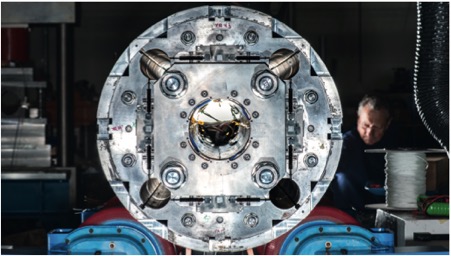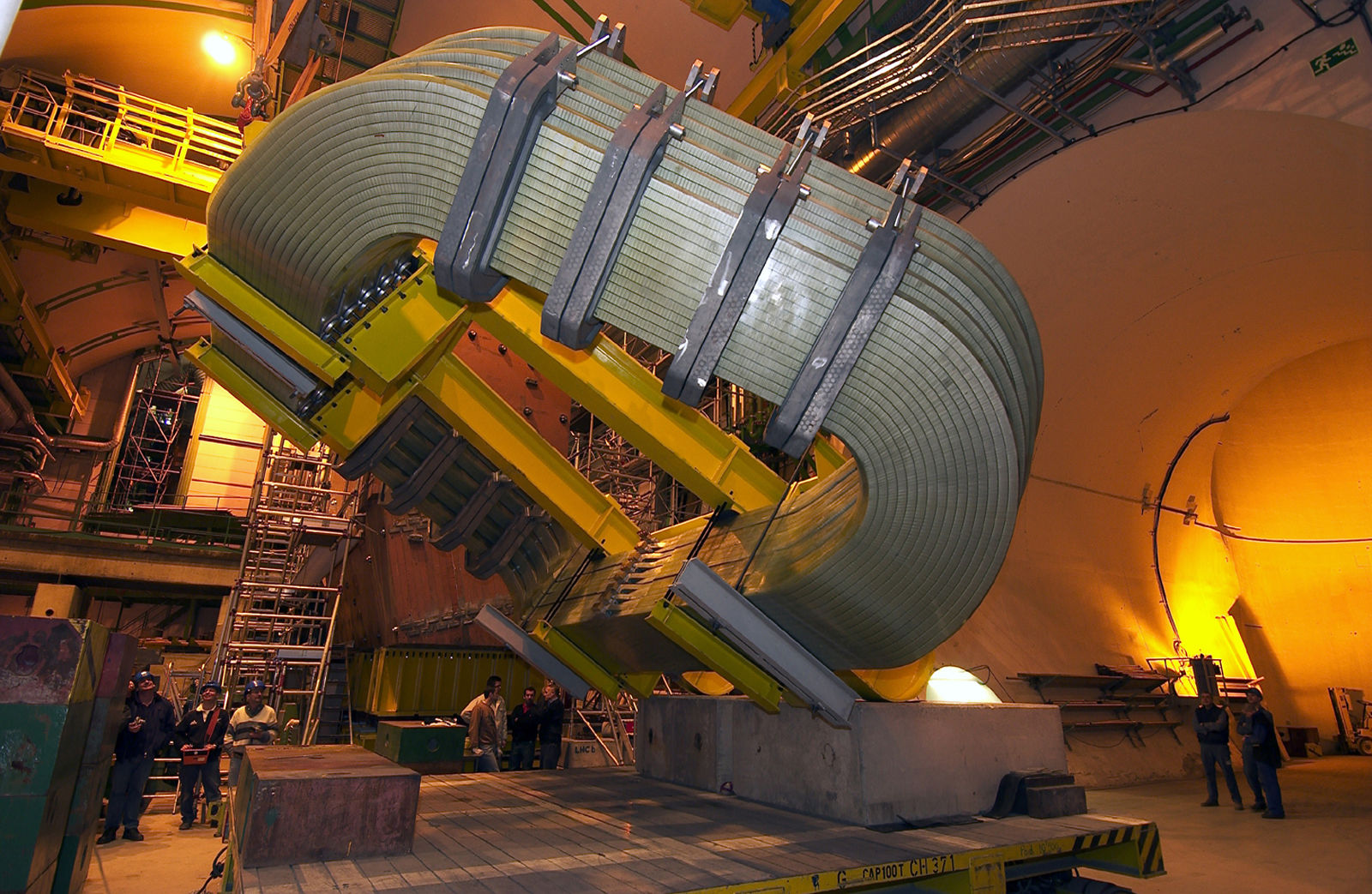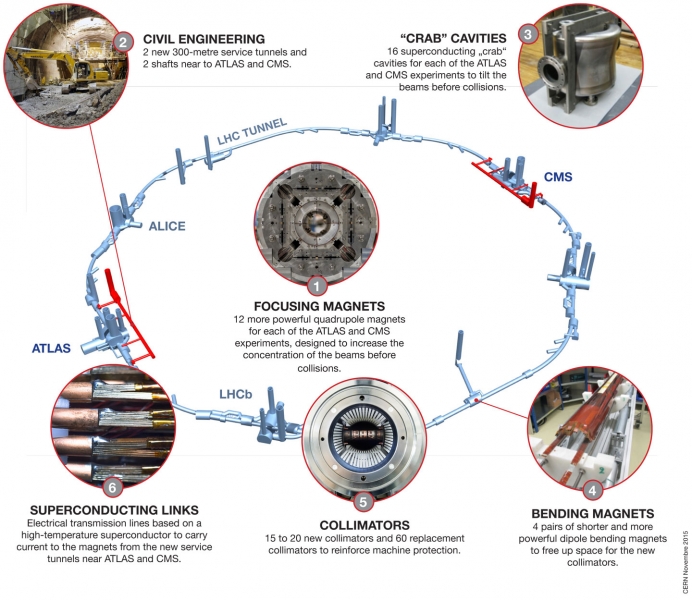Taking a closer look at LHC
The discovery of the Higgs boson in 2012 is undoubtedly a major milestone in the history of Physics. Beyond this, the LHC has the potential to go on and help answer some of the key questions of the age: the existence, or not, of supersymmetry; the nature of dark matter; the existence of extra dimensions. It is also important to continue to study the properties of the Higgs – here the LHC is well placed to do this in exquisite detail.
To extend its discovery potential, the LHC will need a major upgrade in the 2020s to increase its luminosity (and thus collision rate) by a factor of five beyond its design value. The integrated luminosity design goal is an increase by a factor of ten. As a highly complex and optimized machine, such an upgrade must be carefully studied. The necessary developments will require about 10 years to prototype, test and realize. The novel machine configuration, the High Luminosity LHC (HL-LHC), will rely on a number of key innovative technologies representing exceptional technological challenges.
These include among others:
.- cutting-edge 11–12 T superconducting magnets
.- very compact with ultra-precise phase control superconducting cavities for beam rotation
.- new technology for beam collimation
.- long high-power superconducting links with zero energy dissipation.
Taken from: Oliver Brüning et al (2022). The scientific potential and technological challenges of the High-Luminosity Large Hadron Collider program. Rep. Prog. Phys. 85 046201. https://iopscience.iop.org/article/10.1088/1361-6633/ac5106
For more on these issues see here...
The new superconducting link developed at CERN
The SM18 test facility in the HL-LHC era
The HL-LHC’s cold powering system
A new superconducting link for the High-Luminosity LHC
All of these improvements will narrow the LHC's proton beams significantly increasing the number of collisions that occur. In 2018, around 40 collisions occurred The 2018 run saw around 40 collisions each time a proton bunch passed each other but the upgrades will raise this number to between 120 and 250.

Prototype for HL_LHC
(CERN Image)
More information in https://home.cern/resources/faqs/high-luminosity-lhc
and https://home.cern/science/accelerators/high-luminosity-lhc
(Imagen: CERN)
|
AUTHORS Xabier Cid Vidal, PhD in experimental Particle Physics for Santiago University (USC). Research Fellow in experimental Particle Physics at CERN from January 2013 to Decembre 2015. He was until 2022 linked to the Department of Particle Physics of the USC as a "Juan de La Cierva", "Ramon y Cajal" fellow (Spanish Postdoctoral Senior Grants), and Associate Professor. Since 2023 is Senior Lecturer in that Department.(ORCID). Ramon Cid Manzano, until his retirement in 2020 was secondary school Physics Teacher at IES de SAR (Santiago - Spain), and part-time Lecturer (Profesor Asociado) in Faculty of Education at the University of Santiago (Spain). He has a Degree in Physics and a Degree in Chemistry, and he is PhD for Santiago University (USC) (ORCID). |
CERN CERN Experimental Physics Department CERN and the Environment |
LHC |
IMPORTANT NOTICE
For the bibliography used when writing this Section please go to the References Section
© Xabier Cid Vidal & Ramon Cid - rcid@lhc-closer.es | SANTIAGO (SPAIN) |




